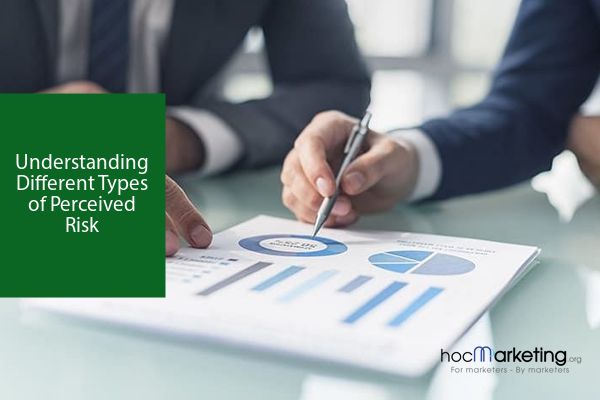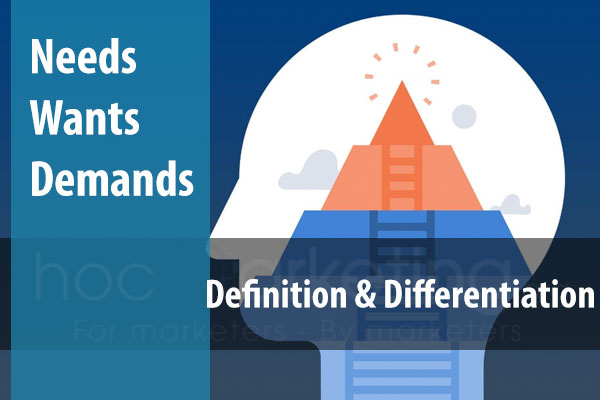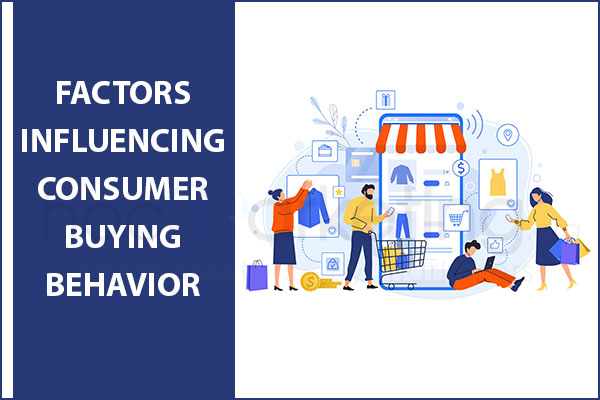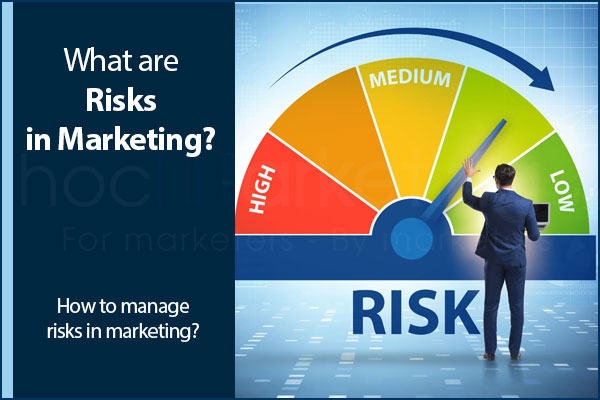
Understanding Different Types of Perceived Risk

Perceived risk is a crucial factor that businesses need to consider when understanding consumers' buying behavior It refers to the potential negative consequences that a consumer associates with a purchase decision There are five types of perceived risks that businesses must be aware of: functional, physical, financial, social/psychological, and time risk
Understanding consumer behavior is crucial for businesses that aim to increase their sales and profits. As Steve Ferrante wisely stated, knowing why consumers buy is essential to mastering the art of selling. Therefore, it is vital for companies to conduct a thorough analysis of consumer behavior and develop a winning marketing strategy based on their findings. In this process, risk theories associated with consumer behavior also become significant, as they can provide valuable insights into how consumers perceive and manage risks when making purchasing decisions.
Perceived risk has a significant impact on consumer behavior and should not be ignored by organizations, regardless of their size. Despite the various risk theories proposed, understanding perceived risk is crucial for the development of an effective marketing strategy. For those unfamiliar with the concept of perceived risk, continue reading to gain a better understanding.
Definition of Perceived Risk
Perceived risk is a crucial concept in the field of Marketing and sales, defined by Arrow (1950), Humphreys and Kenderdine (1979), and Taylor (1975) as the uncertain and probabilistic potential future outlay associated with a purchase. It is essentially the ambiguity that consumers experience before making a decision to buy a product or service. Perceived risk is commonly associated with expensive items like houses and cars, as well as complex products such as computers and laptops. Essentially, it refers to the customer's perception of the risks associated with a purchase, and the potential hazards or losses that may result from it. While perceived risk may not necessarily be grounded in reality, it is always subjective and varies from person to person and over time.
When it comes to purchasing products with a perceived higher risk, consumers typically seek advice from experts, family, or friends before making a decision. It's been noted that for products with a high perceived risk, the majority of consumers often choose to go with the market leader, which already has a positive reputation.
Types of Perceived Risk
Perceived risk can be of different types. Listed below are the various types of Perceived risk.
1. Functional Risk
Functional risk pertains to the potential hazards involved in the proper functioning of a product. For instance, a baking enthusiast who frequently bakes cakes for loved ones may wonder, "Can the oven accommodate baking multiple cake batches?" The perceived functional risk is linked to the product's features, performance, and perceived benefits, as well as concerns about its overall quality.
Providing comprehensive product information and promptly addressing any concerns or questions from consumers can effectively mitigate the perceived risk associated with product features. This responsibility falls on the parent company of the product, as they are in the best position to ensure that consumers are fully informed and confident in their purchase decisions.
2. Physical Risk
Concerns regarding the safety of a product fall under the category of Physical risks. Consumers may hesitate to purchase a product or service if they are uncertain about its safety. However, this type of risk can be easily mitigated by the parent company by providing customers with information that addresses their safety concerns. For instance, many consumers are wary of cooking in microwave ovens due to the potential harmful effects of radiation. To alleviate these fears, the manufacturer can provide information on how food is safely cooked using specific materials in the microwave.
3. Financial Risk
Financial perceived risk is a common concern among consumers, as they evaluate the potential return on investment of a product. This involves weighing the cost of the product against its perceived benefits, and determining whether the investment is worthwhile. Even impulsive purchases can trigger financial risk, as consumers worry about the impact on their budget.
The manufacturing firm can alleviate the concerns of potential customers regarding the worth of investing in a dishwasher that costs USD 525 by offering detailed information about the product's lifespan and other relevant details.
4. Social/psychological Risk
Brands invest a significant amount of effort in crafting an identity and image that resonates with their customers. As a result, customers develop a sense of attachment and loyalty to a particular brand, making it challenging for them to switch to a new or cheaper option.
This resistance to change is often driven by social risk, which refers to the perceived negative impact a brand's association may have on the consumer's social status or approval from others. For instance, customers may be hesitant to wear a particular brand of clothing if it is not deemed fashionable or popular among their peers. Similarly, individuals may worry that a high-priced dress may not meet their parent's approval or that a particular brand of crockery may not complement their elegant and expensive dining table.
5. Time risk
Time Risk: A Consumer's Concern When Purchasing a New Product
Consumers are often hesitant to purchase a new product due to the risk of time consumption. They worry about how much time and effort the new product would require, which can be a significant factor in their decision-making process. As a result, companies should focus on providing clear and concise instructions on how to use their product, as well as offering support and assistance to their customers to alleviate any concerns about time consumption.














